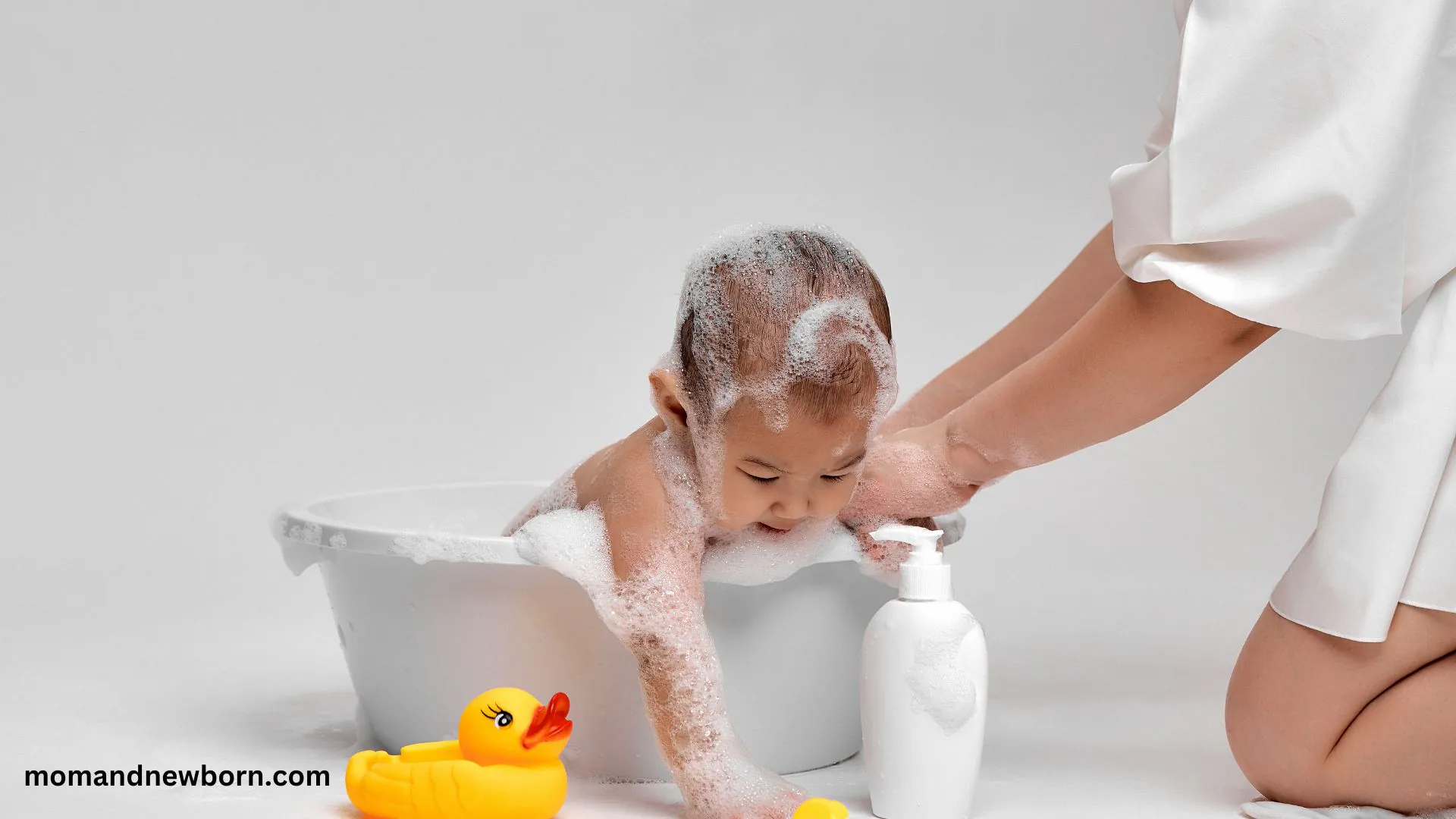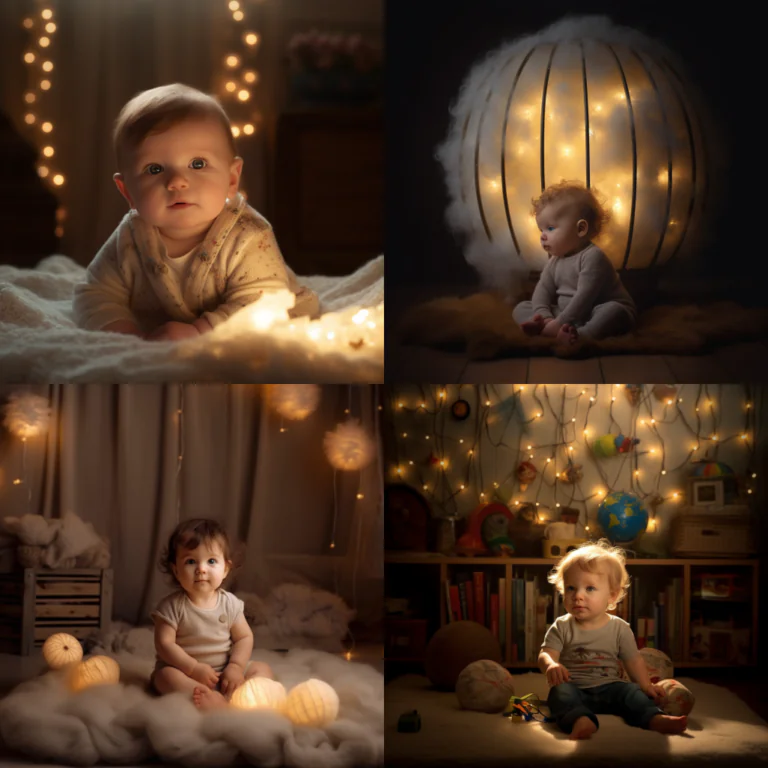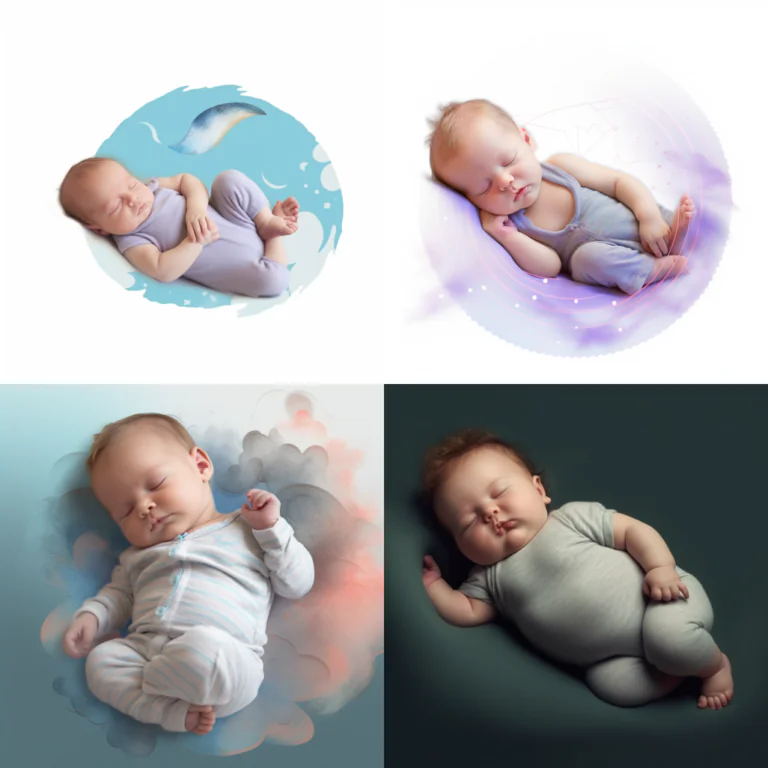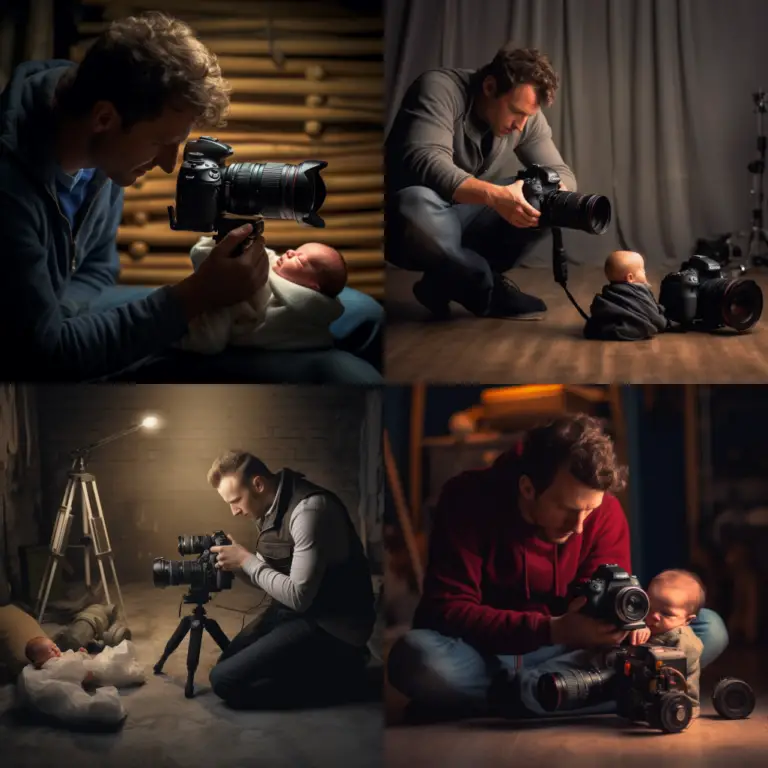Clean and Calm: A Guide to Bathing Your Baby Safely and Comfortably
What’s next? Time for bathing of course!
You have felt the wonderful moment of giving birth, and after the hospital rush, it’s time to return to your sweet home with your sweet.
Feeling coziness and comfort, another question appeared in your mind.
How Can I Bathe My Baby?
Don’t worry, my dear. I have prepared a very detailed guide for you.
First, in ten steps, let’s share a guideline for a nice bath. Then, we go deeper into details and solve every question in your mind. Just keep reading.
10 Steps For Giving Bath To Your Baby: Tips For Safe and Effective Baby Bath Time
Have All Of Your Supplies Ready
First and foremost: make sure to have all the supplies (including mild soap, a washcloth or two, a cup for rinsing, a towel, a diaper, and a fresh outfit) available. Choose a stable place to set out all the items. Whatever surface you choose, ensure it’s safe and stable. You can use a non-slip bath mat on the bathroom floor and one in the bath. Or you can place a towel at the bottom of the bathtub, which makes it feel softer and prevents your baby from sliding around too much.
Fill Your Baby’s Bathtub With Water
The second step is to fill the bathtub with water. You only need two to three inches of water to bathe your newborn. Stay calm; we will talk about the right temperature issue later. Go on reading, my dear friend.
Now time for water
With one hand supporting the back of your baby’s head and the other under their bum, gently lower your baby into the bathtub. Keep them from diving in head-first! Let your little one dip their toes in first.
Watch Your Baby Closely
Now, we have two options. One is that our baby will like water and enjoy the moment. The other option is that our infants need time to get used to being in the water and bathed. Just feel relaxed. They need some time, that’s all.
So watch your baby closely. If your baby is fine with the water, let them play. If they seem uncomfortable, make it short as fast as possible.
Lather And Rinse Carefully
It would be best to be gentle when lathering on cleansing products and shampoos because babies have incredibly soft, delicate skin.
You can prefer an ultra-soft washcloth or simply your hands. You must take out any rings, bracelets, or watches you wear when you use your hands.
Now time for lathering. Take a small plastic cup to rinse your baby. Gently pour it over a soapy area of your baby’s body. We don’t want any soapy water that gets in your loved one’s eyes or nose, so be careful.
Start With Your Baby’s Head And Face
It’s best to start with the baby’s head when the water is not too soapy. So your bunnies will get no soap in their eyes when you’re rinsing them off.
Wash Your Baby’s Arms, Legs, And Body
Once lathering and rinsing are done for the newborn’s head and face, it is time for their arms, legs, tummy, and back. These areas are more accessible to wash than the more sensitive places. Wash gently and continue to watch your little cutty.
Remember Adorable Folds and Rolls
Cute folds and rolls can be easy to miss when bathing your baby. Pay attention to the folds around your newborn’s neck, wrists, knees, and elbows.
Also, remember to clean behind your baby’s ears and between their fingers and toes. Washing your baby’s genitals and diaper area thoroughly is so important, but this should be left for last. In this way, you can prevent rashes and other skin conditions.
Time to Dry
Remove your cutty from the bathtub and set them on a clean, soft towel. Use the towel to pat them dry gently. It is possible for your baby to feel a little cold after coming out of the bath. Making the drying process quick can solve this problem.
Final Touch: Moisturize
Finally, you can apply a safe, gentle, moisturizing lotion. But we are going to talk about this later, also. Just continue, honey.
Now that we have learned ten simple steps for bathing your baby let’s go deeper into the details.
Why is it important to bathe newborn babies?
We should understand the importance of bathing our newly born honey bunny pumpkins. We can talk about three essential aspects of bathing. Firstly, it is about the health of your baby. According to the Association of Women’s Health, Obstetric & Neonatal Nurses (AWHONN), bathing protects babies from bacteria and germs and helps their bodies hold an average temperature. Besides, bathing is a time for checking rashes and cradle crap, a common skin condition in newborns and babies that causes rough patches on their scalps. According to the American Academy of Dermatology (AAD), bathing as frequently as every other day and using the right shampoo can help soften the scale and reduce cradle cap.
It has emotional importance, too. While bathing your baby face to face, eye contact starts, and positive interaction between you is provided. Bathing teaches your baby the importance of touch.
And the last benefit, of course, is playing. Bathing is a perfect time for your baby to play. Feeling water, splashing, and bubbles… You can sing songs for them and touch the body parts, so your baby enjoys all the bathing moments. Also, it can provide a bonding period between you and your baby.
When is the best time to bathe a newborn baby?
OK, we have learned the importance of bathing. Now, it’s time for action. Concerning a study (1) in 2019, it is suggested that newborn babies shouldn’t be washed 24 hours after birth because waiting at least 12 hours after birth may promote breastfeeding. Besides, a bath after 48 hours helps newborns keep at a steady temperature and aids skin development, based on another study (2). After these critical hours, you don’t need to wash your baby every day, according to the American Academy of Pediatrics. 3 times a week is perfect enough for your baby. Bathing more frequently can dry out your baby’s skin. Giving your baby a sponge bath until the stump of the umbilical cord falls off, which usually happens by about one or two weeks of age, will be much better. And remember that you never wash your baby when they are full or tired.
Should you use lotion on a newborn baby’s skin?
Using lotion or not is another question that arises in our mind. A newborn baby’s skin has enough moisture, but after a bath, you may need to moisturize their skin because the skin becomes dry when exposed to dry air in the room and after a bath. You can consult your doctor about using and choosing the suitable lotion for your baby if they experience dry skin and tends eczema.
You don’t need to use soap for your newborn’s face, but you can use soap on the other parts of the body. Remember to rinse off any soap after cleaning. You need to rinse your baby if you use shampoo or soap because soap left on their delicate skin can bother them.
Baby shampoo is for babies with mild detergent, which is non-irritating to the eyes and achieves gentle cleansing, as babies produce limited sebum. They contain amphoteric group detergents, such as the betaines, which numbs the eye tissues to prevent stinging and irritation (3). It can still potentially damage the eye if accidentally introduced. Care should be taken while bathing the child.
Maybe you don’t have time for a proper bath to give yourself a quick “top and tail” clean for your baby. ‘Topping and tailing’ simply means carefully washing your baby’s face, neck, hands, and bottom, morning and night, plus cleaning the nappy area as necessary. You can use warm water and some cotton for it. Don’t forget that the room temperature shouldn’t be below 18 degrees C.
How deep should the water be for a baby’s bath?
The depth of the water can be 8 or 12 cm (4). Never leave your newborn baby alone while they are in the water. Because the temperature can quickly change, never put your baby into a bath when the water is still running.
Is it true that giving a baby a bath can help them sleep better?
The tradition says that a nice and warm bath can make your baby sleep better. Is this right? The answer is YES. Let’s see how… According to a study(5), being soaked in excellent, warm water, a baby’s blood rises to the surface of its skin in vasodilation. Once we leave the bathtub, our blood vessels remain open, causing our core body temperature to drop slightly. This slight drop in temperature helps prepare our bodies for sleep. That means that baths CAN help babies sleep.
Can water get into a baby’s ear during a bath?
Here comes another question. What happens if water gets in the baby’s ear? It is not a problem. It is safe to submerge your baby’s ears underwater. People generally avoid this because of ear infections. But Infant ear infections most commonly occur due to inflammation, typically from trapped bacteria caused by diseases such as a cold or a sore throat.
When you enter a supermarket, deciding which baby wipes to buy could be more apparent. There are so many alternatives, from water-based ones to essential disposal wipes. Generally speaking, any hypoallergenic baby wipe is safe for your baby’s skin unless your child has a particular sensitivity or skin condition. The face is also part of our body.
When to bathe with a baby?
When to bathe… It is a common question for every mom. Here are some valuable tips for you. For your babies under six weeks old, it will be better not to bathe them very late in the evening because new babies tend not to sleep through much noise during those hours (including running water). You can give them their baths earlier in the day if possible, and it is better not to bathe them every night until they’re older than six weeks old.
If you want to bathe your babies between six weeks and three months old, it is usually best not to do so after eight PM as this is the time when most babies start getting tired of bedtime.
Babies over three months but under one year of age tend to be fussier about being bathed, especially if they have been playing all day long outside or inside where many other children are around them. You can change your bathing procedure into a playing time and make it a little longer for playing and splashing water.
What temperature is safe for baby in hot tub, and why should you never leave a baby alone in the bath?
Another significant issue is temperature, of course. To help the baby feel calmer and more relaxed, a bath temperature of 98.6°F (between 37°C and 38°C) is best for most babies. I guess it reminds them of floating in the womb 🙂
Check the water temperature by dipping in your hand or an elbow. The water is too hot for your child if your skin goes red. You can use a bath thermometer. Many baby bath thermometers disguised as bath toys help you watch the water temperature while they entertain your baby.
While preparing the water, I suggest you start with cold water and then hot to get the right bath temperature for your child. When turning the water off, please turn off the hot water first so the cold water can run through the tap and cool it down.
Be careful because scalds can happen in seconds if the bath water is too hot. Scalds may occur in the bathroom when:
- a child is placed in a dangerously hot bath
- a child is already in the water and puts a hand or foot under running hot water
- water in the tub hasn’t been swirled, so there are hot and cold areas
- children turn on the taps themselves.
A child can be severely scalded in under a second when the temperature of the water coming out of your taps is around 65°C. You can feel safe if the water from your taps is at a maximum of 50°C. This is a low-risk temperature for scalds. You can consult your heater manufacturer, local gas supplier, plumber, or gasfitter about a temperature control device for your hot water system.
Another protective precaution can be installing anti-scald devices on taps and shower outlets. These are available from hardware and safety product shops.
The bath cosmetic is our last issue. You can start using unperfumed baby baths from about 4 to 6 weeks, but be careful only to use a little, so you don’t damage your baby’s skin. Babies with longer hair may need mild shampoo lathered and rinsed on wet hair.
You may also be interested:
REFERENCES
(1) DiCioccio, H. C., Ady, C., Bena, J. F., & Albert, N. M. (2019). Initiative to improve exclusive breastfeeding by delaying the newborn bath. Journal of Obstetric, Gynecologic & Neonatal Nursing, 48(2), 189-196.
(2) Gozen D, Caka SY, Besirik SA, Perk Y. First bathing time of newborn infants after birth: A comparative analysis. J Spec Pediatr Nurs. 2019 Apr;24(2):e12239.
(3) Abraham LS, Moreira AM, Moura LH, Dias MF. Hair care: A medical overview (part 2) Surg Cosmet Dermatol. 2009;1:178–85.
(4) Didry, Pascale & Didry, Emmanuelle. (2015). Giving a Newborn a Bath in her Parents’ Presence. La Revue de l’Infirmière. 64. 47-48.
(5) Harding, E. C., Franks, N. P., & Wisden, W. (2020). Sleep and thermoregulation. Current Opinion in Physiology, 15, 7–13.








